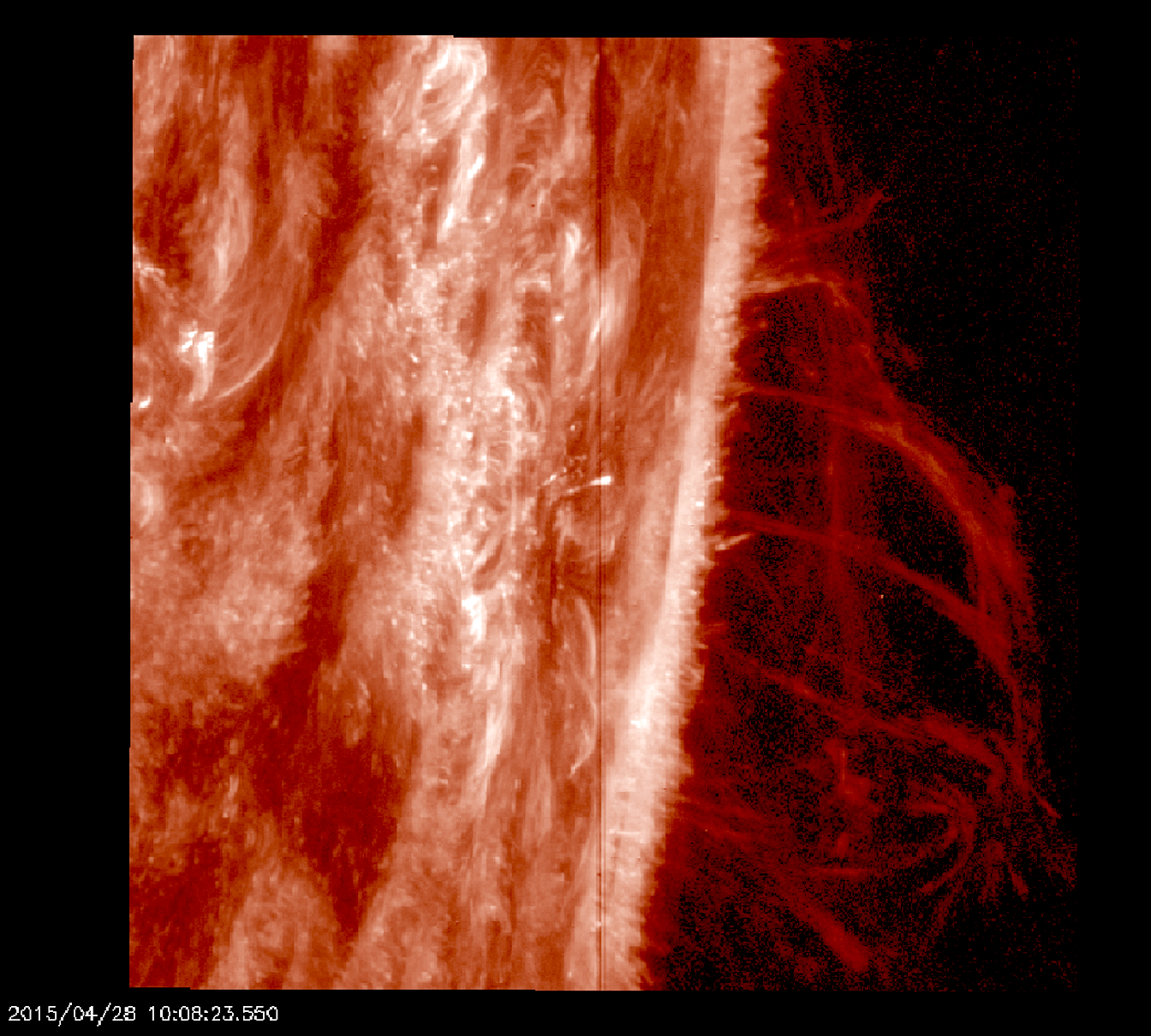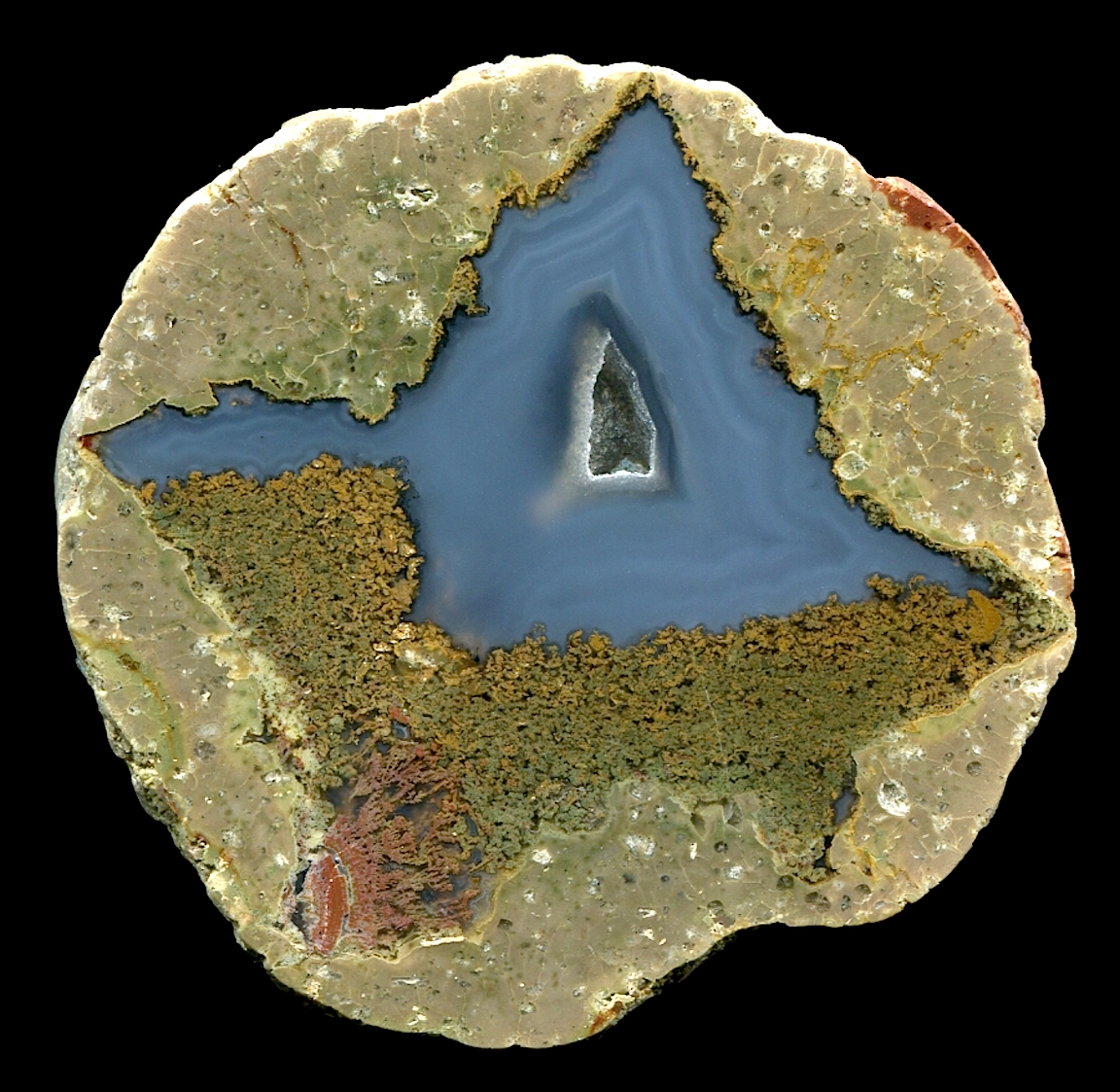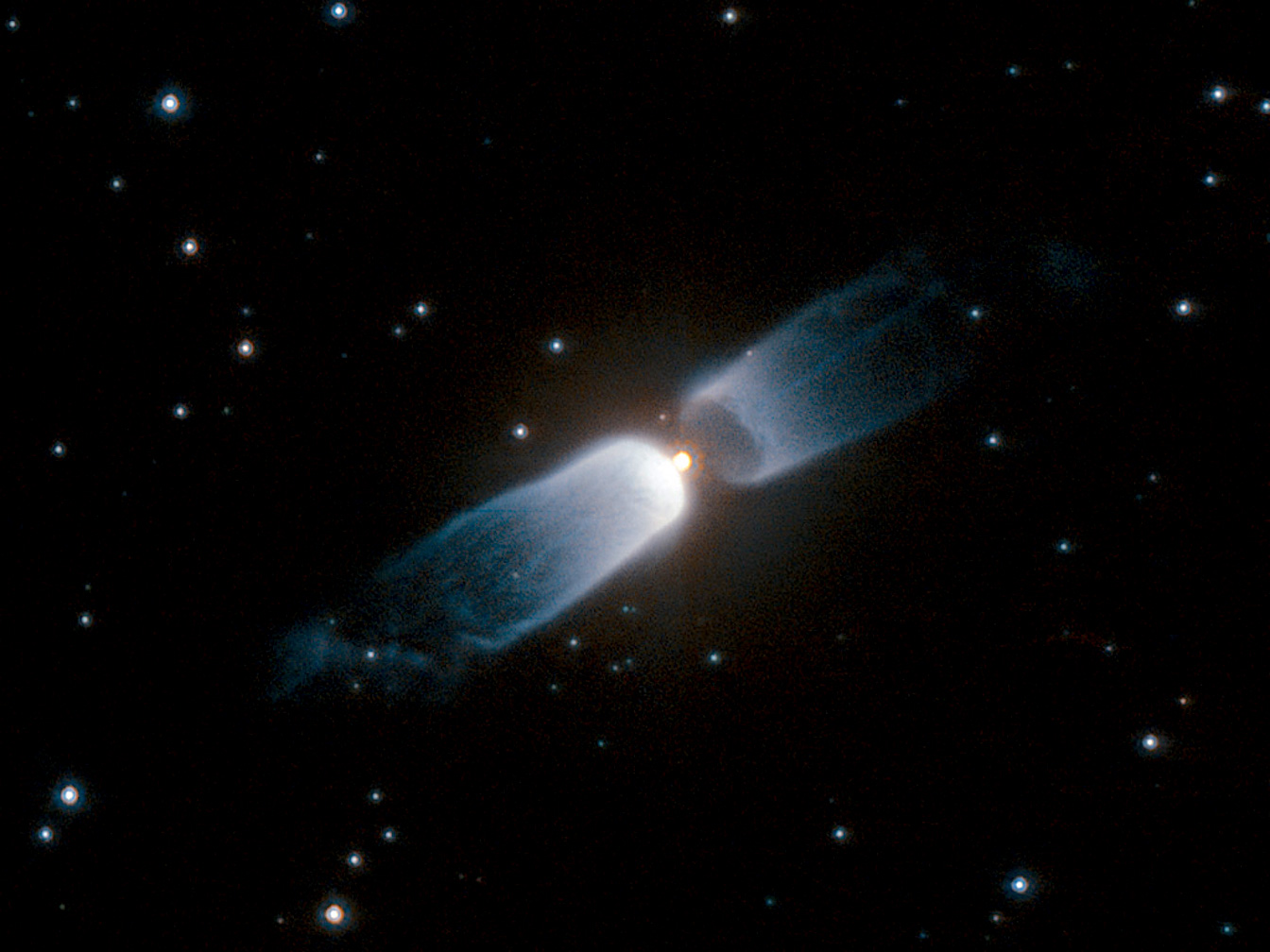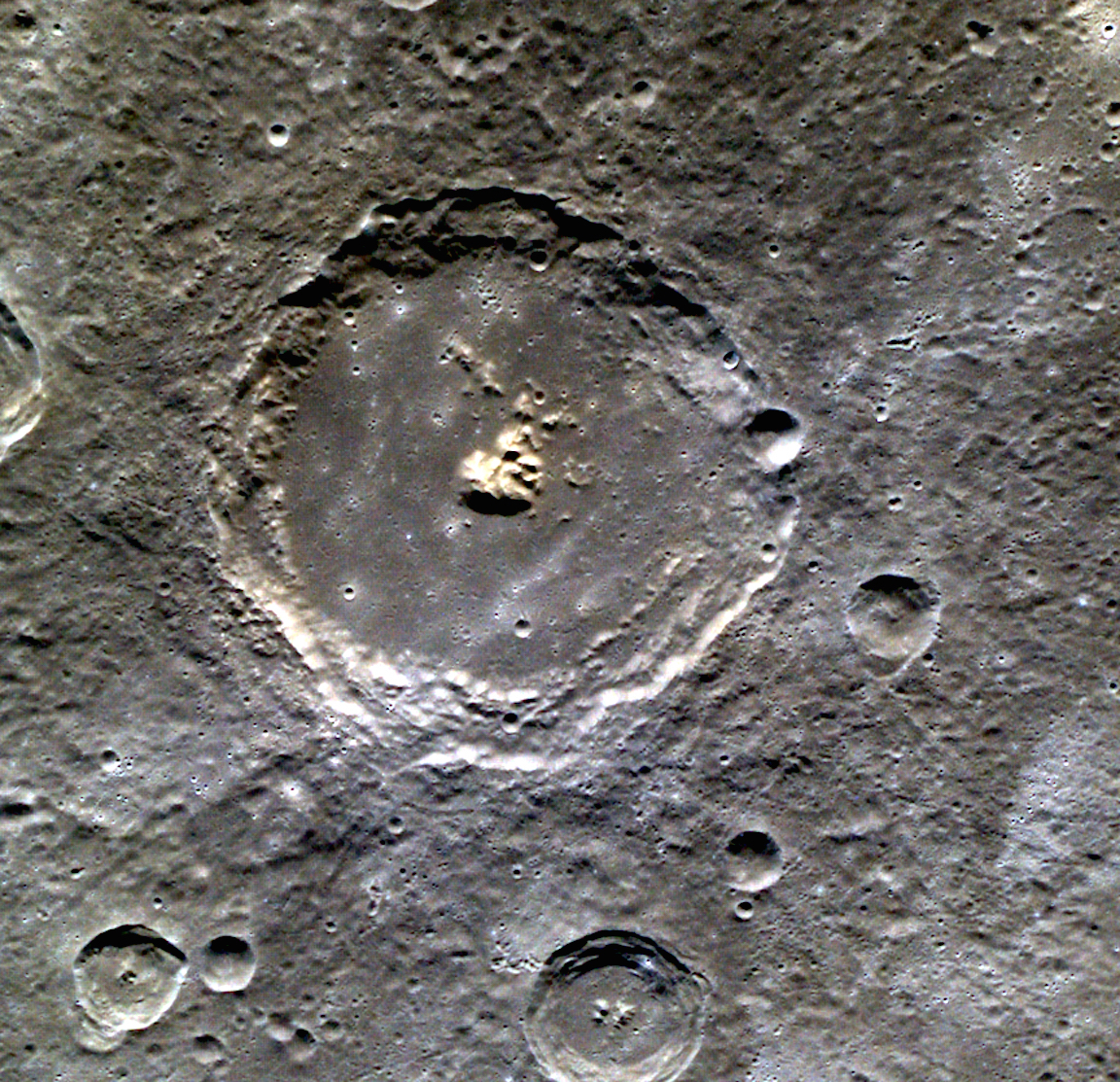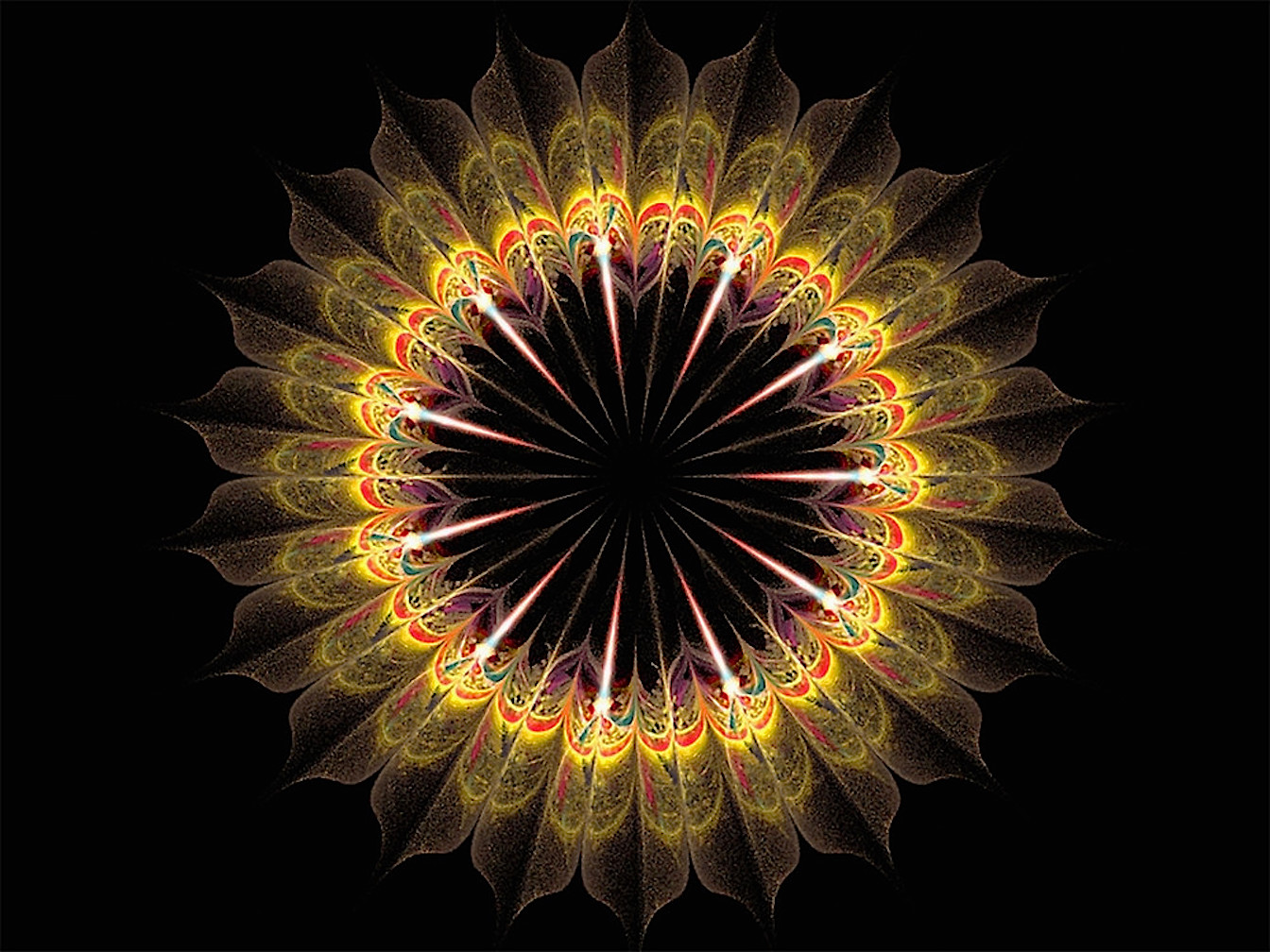Circular Afterglow
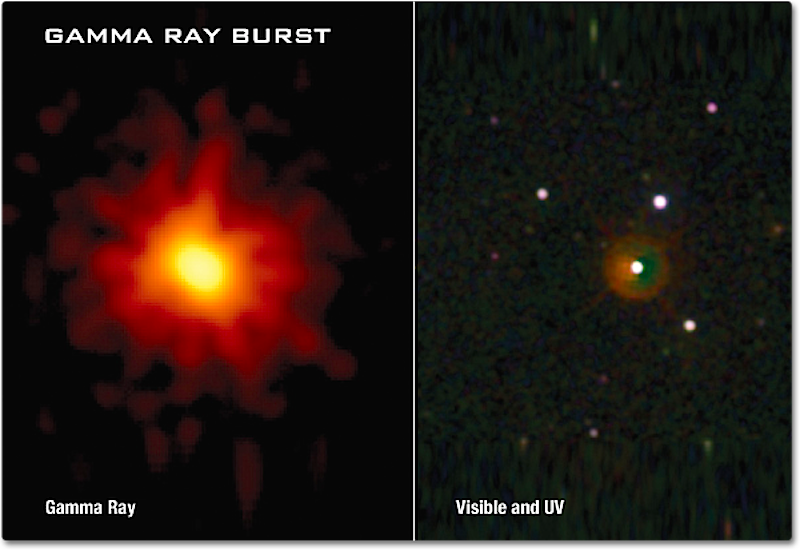
May 19, 2015 Some gamma ray bursts exhibit unusual characteristics. When charged particles are accelerated in an electric field, they emit synchrotron radiation that creates X-rays and gamma rays—something that has been demonstrated in laboratory experiments. Gamma rays are a class of theoretical “electromagnetic particles” called photons, which are…






